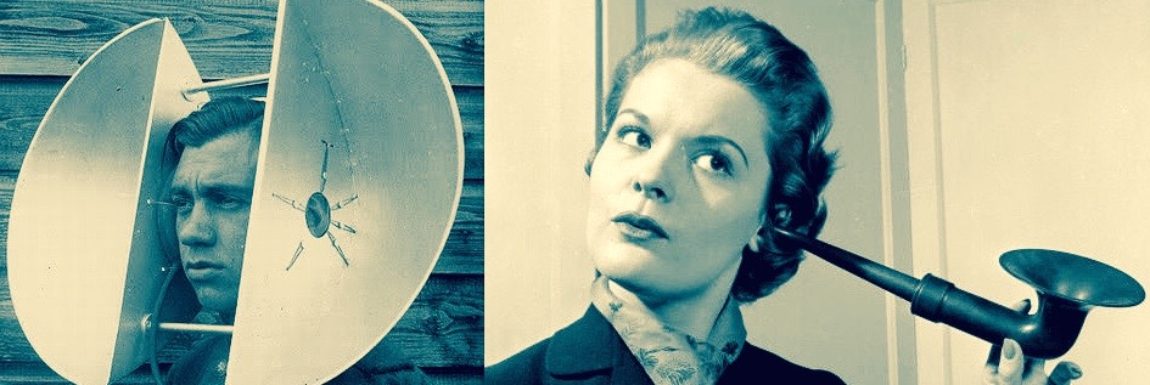There is no cure for sensorineural hearing loss, the type that 90% of us with fading hearing have. But thanks to some deaf chickens, there is hope.

The primary problem is the hair cells in our cochleas. They convert vibrations into the electrical signals that flow to the brain. Like all mammals we are born with a finite number of hair cells and as we age they start dying off or are killed by high decibel sounds. They are never replaced and so begins the hearing loss.
But what if the genes can be tweaked to re-grow hair cells?
That possibility opened up with a remarkable discovery by scientists at the University of Washington back in 1988. They found that adult birds could regenerate their hair cells after being deafened.
If birds can do it, why not humans too?
That tantalizing question inspired research that may now be bearing fruit. Human trials of one promising biopharmaceutical agent called CFG166 began in 2014. Others are in the pipeline.
It all adds up to a promising yet distant hope. File it under “someday” or “maybe in my lifetime”. Today, hearing aids and cochlear implants are the only choice.
But I will keep my ear to the ground.
FYI: The best and most comprehensive survey of pharmaceutical research and potential treatments can be found in this piece called “Hearing Help by Kate Yandell in The Scientist Magazine”.

